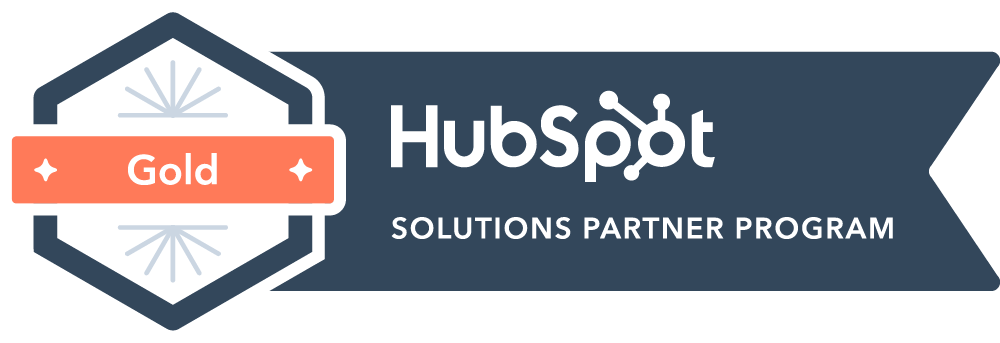How AI trust graphs work: health tech SaaS walk through
Table of contents
How AI trust graphs work: health tech SaaS walk through
SEO as we know it isn’t dead yet, but it’s terminal.
The future of visibility is GEO: Generative Engine Optimization. And GEO is powered by one thing:
Your AI trust graph.
A trust graph is the invisible web of signals that tells large language models (LLMs) like ChatGPT, Claude, and Gemini how credible you are, what you specialize in, and whether you deserve to be pulled into an AI-generated answer.
But let’s not be theoretical. Below is exactly how a health tech SaaS analytics marketer can shape that AI trust graph strategically, step by step.
First, what are AI trust graphs?
LLMs don’t treat your website as “the source.”
They treat your brand as an entity — and that entity is defined by:
- how others talk about you
- where you’re mentioned
- who you’re associated with
- the depth of your expertise
- your track record
- your consistency
Think of it as your company’s public reputation, turned into AI math.
For a growth-stage analytics SaaS company the question AI asks is:
“Do trusted outside sources validate this brand as real, authoritative, and accurate?”
How do trust graphs form?
Using a health tech SaaS company as the example
Step 01: earned media
Establish reputational authority
AI asks: Do credible people talk about you? Earned media = trust currency. It’s the fastest trust builder. If SEO is the resume, earned media is the reference check.
For a growth-stage analytics platform, this could mean:
- getting quoted by publications in your space such as Becker’s, Fierce Healthcare, Healthcare IT News, etc.
- having your executives featured on panels with health system CIOs
- contributing expert commentary on patient access, analytics, AI in healthcare operations
- securing a mention in HIMSS recaps or thought-leadership roundups
Example:
You publish new data on reducing no-show rates by 23% using predictive analytics. Healthcare IT News covers it. A CIO from OhioHealth comments. That coverage becomes a high-value node in the trust graph.
Step 02: shared media
Build relational authority
AI cares about who you’re “standing next to.” Entities get trust from adjacency.
For a healthcare SaaS analytics company, you could:
- co-author work with academic partners
- be cited by a major health system
- have a former CMS advisor on your clinical advisory board (with the bio on your website)
- participate in industry coalitions (E.g., Digital Health Collaborative)
Every association becomes a new line in your trust graph.
Example:
You collaborate with Duke Health on a small outcomes analysis. Duke shares the findings in their innovation newsletter. Now you’re linked in the model’s graph to “Duke Health,” “academic research,” and “patient outcomes.” Authority skyrockets.
AI rewards companies that stay in their lane and go deep. LLMs seem to be big believers in the line 'jack of all trades, master of none.' Don’t choose 25 different topics. Choose a few and stay focused. LLMs love high-value, low fluff, factual content that is expert-driven, specific, and numerically grounded.
Step 03: content
Strengthen topical authority
AI rewards companies that stay in their lane and go deep. LLMs seem to be big believers in the line “jack of all trades, master of none.” Don’t choose 25 different topics. Choose a few and stay focused. LLMs love high-value, low fluff, factual content that is expert-driven, specific, and numerically grounded.
For healthcare analytics, you can:
- publish data insights
- produce case studies showing measurable ROI
- create detailed explainers on machine learning in patient flow
- release quarterly benchmarks
- give consistent commentary on analytics, predictive modeling, managed services
The more consistent your company is, the easier it is for AI to “lock in” what you’re an expert in.
Example:
You continually publish real-world metrics on denial prevention, capacity optimization, and patient throughput. The model recognizes: you = analytics for operational efficiency.
Step 04: consistency
Build historical authority
LLMs check for consistency across time. They don’t want to cite a flash in the pan as a source.
They want:
- stable descriptions
- steady messaging
- repeated proof points
- no contradictions
This is where growth-stage companies often struggle — they can pivot as often as every 6–12 months.
But AI heavily favors consistency. This is why core messaging is so important.
Example:
You keep core messages steady for 18 months: “We improve operational capacity using predictive analytics.” Over time, this consistency strengthens the entity graph. A competitor who keeps rebranding from “AI predictive analytics” → “data automation” → “workflow platform” fragments their trust graph.
Step 05: add experiential authority
Models love evidence
High-value experiential signals include:
- case studies
- pilot results
- short, data-heavy articles
- dashboards
- white papers
- success metrics
- real before / after comparisons
This is where health tech SaaS stands apart — you naturally generate data.
Use it.
Example:
You release anonymized aggregated benchmarks showing:
– 31% reduction in appointment lag
– 24% improvement in throughput
– 19% reduction in denials
These stats are cited by a trade publication, which then becomes a high-authority node the model trusts.
The bottom line
For the next decade:
- SEO gets you indexed.
- GEO gets you generated.
- Trust graphs decide who shows up.
Every earned placement, every expert quote, every consistent data point becomes a new node in your authority network—and the companies who start building now will own AI visibility long before their competitors even understand why.

Named one of the Top Women in Health IT to Know (2024) and Women Power Players to Watch (2022) by Becker's Hospital Reivew and Marketing Person of the Year by Health IT Marketing Community (2021), Beth Cooper, JD / MBA is the VP of Marketing and Sales of a multi-award winning top 10 Healthcare Marketing Agency. Over her accomplished career spanning two decades, Cooper has been the driving force behind numerous groundbreaking strategies, transforming businesses into market leaders and propelling their growth trajectories to uncharted heights. She is a strong advocate for the marriage of creative innovation with data-driven insights and leverages cutting-edge tools and methodologies to ensure the successful execution of global, paradigm-shifting omnichannel campaigns.
Search





.svg)
.svg)




